MrInfinity
DIS Veteran
- Joined
- Aug 23, 2012
- Messages
- 2,577
But your assumption (and that of many others) is that the people who did not use FP- were compete ignoramuses with no strategy whatsoever and who wandered around the park aimlessly and that those people have been thrown a life preserver. There are no doubt some of them. But certainly not all.
Whoa! Pls do not suggest I suggested this because I certainly did not, and would definitely not use the derogatory words!
 I think most everyone in the world knows that if they go early, they will beat the crowds. You go to a baseball game, museum, even the mall... you just know that by 11am, the mall is really crowded and so you avoid the kid play area. Everybody knows this. On vacation, I think most ppl simply do not choose to act on it. That's why we see the mornings are good for us to tour. Most ppl just don't feel compelled to hit the park at rope drop to get on rides.
I think most everyone in the world knows that if they go early, they will beat the crowds. You go to a baseball game, museum, even the mall... you just know that by 11am, the mall is really crowded and so you avoid the kid play area. Everybody knows this. On vacation, I think most ppl simply do not choose to act on it. That's why we see the mornings are good for us to tour. Most ppl just don't feel compelled to hit the park at rope drop to get on rides. I would think that after the second ride waiting for an hour, they would start to find and go on rides with short wait times and they would have maybe used a FP or two as well. I really don't see how the new system benefits even the casual visitor.
I would think that after the second ride waiting for an hour, they would start to find and go on rides with short wait times and they would have maybe used a FP or two as well. I really don't see how the new system benefits even the casual visitor. NO WAIT
NO WAIT 